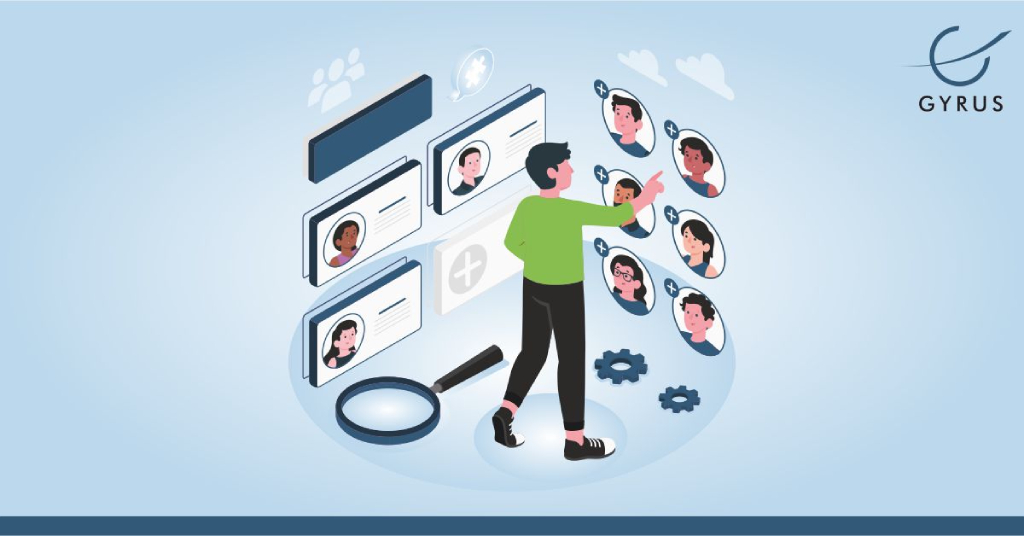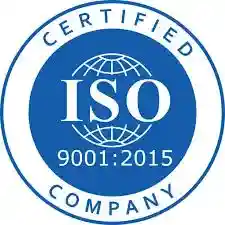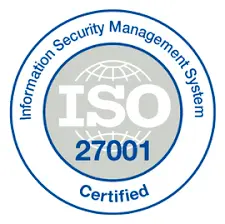What Is Competency Management? Why Do You Need It?

Competency management helps identify and develop the skills that employees require to fulfill their jobs and achieve organizational goals. It provides them with training and support to optimize those skills. That said, this blog explores the nitty-gritty of competency management and why your business needs it.
What is competency management?
- What is competency?
- Types of Competencies
Before delving into competency management, let's understand what competency means. Competency is the measurable skills and abilities employees develop that help them complete their job successfully and contribute to the organization's growth. For example, the competencies of a developer would include strong knowledge of programming languages, good communication, and problem-solving skills.
There are various types of competencies that organizations expect from employees. But we have shortlisted a few critical ones that every employee must possess.
- Core Competencies
- Functional and Cross-functional Competencies
- Personal and Behavioral Competencies
- Leadership Competencies
As the name suggests, core competencies are basic but crucial skills that every employee, irrespective of their designation, experience, or function, must possess to work successfully in an organization. Some core competencies that every employee must have include teamwork, decision-making skills, communication skills, ethics, and organizational skills.
Functional competencies are specific to the employee's job role. For example, a developer's functional competency would be knowledge of a programming language. Every organization needs people with these competencies to contribute to their growth. Cross-functional competencies are not specific, but these are also not core competencies. These competencies are more generalized and applicable to various functions.
While functional competencies are important, personal and behavioral competencies are equally crucial for carrying out tasks. For example, a developer must be able to work in teams and be open-minded to adapt quickly to all changes.
Leadership competencies are critical for choosing team leaders, managers, and executives who can analyze, solve problems, and make quick decisions to help organizations overcome challenges and grow.
Benefits of Competency Management
Here are a few competency management benefits for organizations:
- Better Productivity
- Increased Employee Retention
- Low Training Costs
Organizations that use competency management witness better productivity as they are able to identify and assign jobs to employees who have the competency to learn and deliver the task efficiently with minimal supervision.
Competency management enables managers to choose motivated candidates with the necessary skills to carry out a job. This helps in boosting employee engagement and reducing employee attrition.
Since competency management helps organizations choose employees with specific skills, they don't have to spend extensively on training employees. This saves time and costs in training the employees.
Key Components of Competency Management
- Competency Model
- During recruitment to choose the right candidate
- During performance management to benchmark performance for each role and ensure that the employee meets it.
- Assessing employee skills and behavior
- Choosing the right candidate
- Identifying the training needs
- Ensuring fair performance evaluation
- Competency Assessment
- Identifying suitable candidates who can do the job efficiently
- Addressing the skill gaps by designing relevant training programs to upskill employees
- Competency Mapping
- Competency Development
A competency model is a guideline that HRs develop to define specific skills, knowledge, and behavioral traits that employees must possess to perform their jobs successfully. It is used throughout the employee's tenure at various stages, such as:
A competency model can help in:
It also inculcates accountability in employees to deliver.
Competency assessment helps organizations evaluate employees' ability to perform their duties efficiently and use that as a base to make decisions about their performance, take remedial action, or promote them to the next level. Besides that, it also helps in:
Competency mapping involves listing the ideal competencies expected from the employee and using a competency scale to check if they are meeting those parameters. This helps employees gain perspective on their strengths and weaknesses and work towards matching their competencies with job expectations.
Competency development is a continuous process of developing competencies to improve performance. Managers regularly monitor the employees' competencies and ensure they expand their expertise and develop skills to add value to the organization.
Why do businesses need competency management?
- Improved Performance and Productivity
- Better Employee Engagement and Retention
- Efficient Succession Planning
- Enhanced Learning and Development
- Increased Business Agility
Competency management allows organizations to assess employees' competency and knowledge, identify skill gaps, and provide targeted training to bridge those gaps and improve performance. Since competency management helps identify employees with the right skill set and develop their competencies, productivity improves too.
Employees feel a sense of commitment and loyalty towards their job and stay longer when organizations recognize and develop their competencies.
Succession planning is done when organizations have to find a new person to step into a highly responsible position. They must ensure that the person has the competencies to perform the role as effectively as the predecessor. Competency management helps organizations identify the right person and analyze and compare their competencies with the required ones to ensure that they are equipped to succeed.
Organizations can improve learning and development outcomes by identifying and developing employee competencies through personalized training programs.
In an agile business landscape, organizations must ensure an adaptable workforce with the competencies to respond quickly to dynamic market changes. Competency management enables businesses to build such competencies in employees and prepare them to adapt to situations fast.
Tips For Effective Competency Management
Here are a few competency management tips organizations can implement:
- Identify Key Competencies:
- Create a Competency Model:
- Conduct Competency Assessments:
- Map Competencies to Job Roles:
- Develop Competency-Based learning and development programs:
- Track and Monitor Competency Development:
- Continuously Improve the Competency Management Process:
Define the key competencies and proficiency required for each role and create a framework to develop and assess those competencies.
Ensure the competency model is clear and provides details, such as proficiency levels required for each competency for assessment and development.
Conduct regular competency assessments to identify strengths, weaknesses, and proficiency in different skills. Assessments also provide detailed data that can be used to identify skill gaps and improve training.
Map competencies to specific job roles and ensure employees meet them successfully.
Use a tool like GyrusAim to develop competency-based learning and development programs to enhance employee competencies.
A tool like GyrusAim can also help validate employees' skills and knowledge, track their progress, and update competency levels based on the proficiency gained during training.
Organizations must regularly evaluate the employees' competencies to gauge the competency management's effectiveness and continuously improve the process to make it more effective and achieve the goals.
Conclusion
A Learning Management System (LMS) is essential for competency management. It can help organizations develop competency-based learning and development programs, evaluate the employees, and rate their competencies to undertake and deliver tasks successfully.
GyrusAim is one such LMS that helps organizations to validate the employees' skills, knowledge, and competencies to get the job done on different levels, track the progress, and ensure the records are always updated.
It has a unique feature called Competency Ratings that allows peers, supervisors, and managers to rate the employees' competencies and adhere to the business and compliance requirements. Get in touch with us for a free trial of GyrusAim to simplify and make competency management effective.





-overview-(2022)-gyrus450.jpg)



